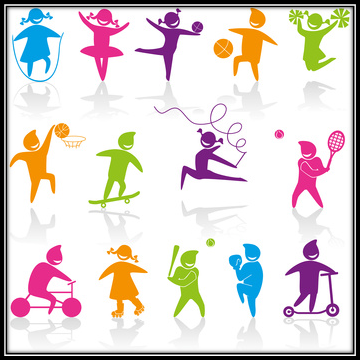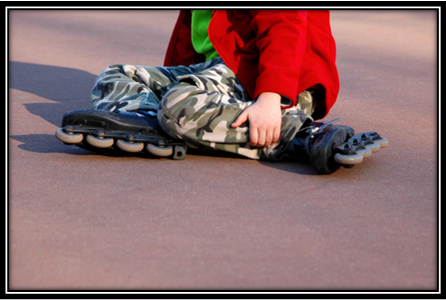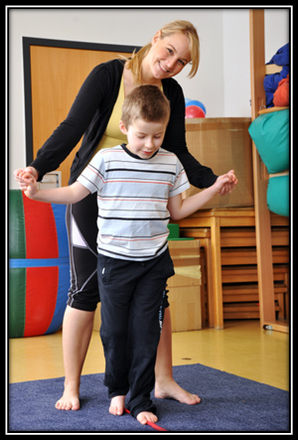
Getting your child involved in sports is an excellent way to encourage exercise and prevent childhood obesity. This is a proud feeling for every parent, and the expectation is that the child will have fun, gain confidence and interact with other children in the process.
To determine what your child will enjoy participating in, help him / her decide by accompanying the child to different games and a variety of sports. The more sports and environments the child is made aware of, the higher the probability that the child will be able to pick a sport and enjoy it.
It is important to make sure that the child's sporting activity is age appropriate. In general, toddlers (aged 2-5) are too young to comprehend most organized activities and the importance of 'rules'. They need unstructured play to develop movement skills, attention span and social maturity. From the age of 8 and above, children can participate in team sports and group exercise.
If your child does not like athletic activities, take the opportunity to spend more time with your child and encourage physical activity with regular walks, swimming, tossing a ball around, or simply kicking a ball back and forth. Be creative and mix it up so your child does not get bored.
Unfortunately, children can get injured while playing sports. When this happens, consult a physician immediately. In most cases, the physician may recommend the services of aphysical therapist with extensive training in anatomy and physiology. The therapist will work closely with the physician to help your child recover as quickly as possible.
 Specially trained in anatomy and physiology, a physical therapist will design a delicate, yet effective exercise program to help restore muscle balance and improve mobility in your child. The therapist will be aware of the child's limitations and will do everything possible to facilitate recovery as quickly as possible. Children tend to get restless during recovery, and a physical therapist will patiently work with the child to achieve compliance during the recovery process.
Specially trained in anatomy and physiology, a physical therapist will design a delicate, yet effective exercise program to help restore muscle balance and improve mobility in your child. The therapist will be aware of the child's limitations and will do everything possible to facilitate recovery as quickly as possible. Children tend to get restless during recovery, and a physical therapist will patiently work with the child to achieve compliance during the recovery process.
Physical therapy helps to heal, strengthen, and improve motion by treating your child's injured area with a variety of exercise techniques that incorporate fun and playful activities. With physical therapy, you can expect your child to recover quickly and resume athletic activity.
 Although physical therapy can help children in the recovery process following an injury, there is a lot more that the therapist can do. As a parent, you can expect the physical therapist to use a variety of techniques to strengthen muscles and improve joint mobility. The therapist will make the exercises fun and interesting, and your child won't realize that he or she is 'being treated.' As a parent, you should encourage your child to participate and 'play along' with the treatment. The physical therapist may use play techniques including crawling, playing follow the leader, facilitating balance and coordination activities using beams, balls and other objects.
Although physical therapy can help children in the recovery process following an injury, there is a lot more that the therapist can do. As a parent, you can expect the physical therapist to use a variety of techniques to strengthen muscles and improve joint mobility. The therapist will make the exercises fun and interesting, and your child won't realize that he or she is 'being treated.' As a parent, you should encourage your child to participate and 'play along' with the treatment. The physical therapist may use play techniques including crawling, playing follow the leader, facilitating balance and coordination activities using beams, balls and other objects.
After an injury, a physical therapist will help your child regain full potential, allowing your little bundle of joy to experience the pleasure of sport and grow physically and emotionally in the process. Your child will look forward to the 'play sessions' and be an active participant in the recovery process. If your child (or another child that you know) is recovering from an injury, give us an opportunity to help the child return to normal as quickly as possible. Give us a call today.